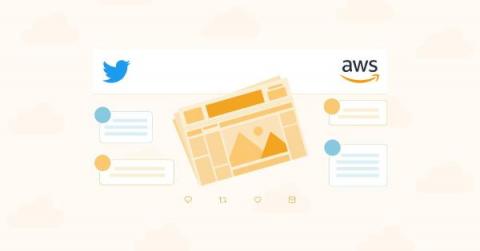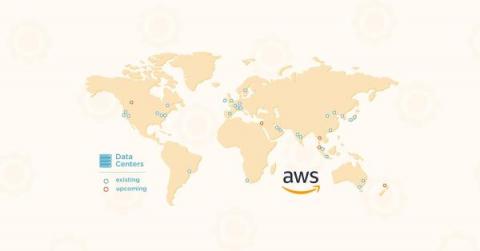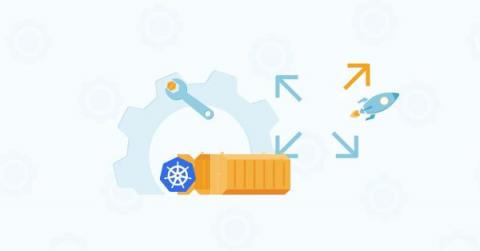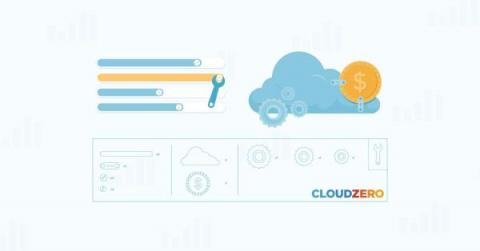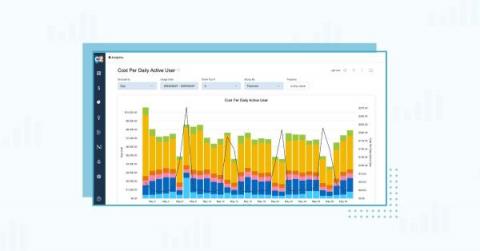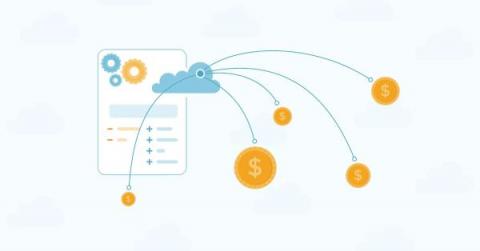The 15 Best Cloud Reporting Tools To Consider In 2023
Cloud infrastructure and the applications it hosts generate millions of rows of raw data in short periods. Viewed in the context of everyday business activities, most of the data makes little sense. So many companies amass mountains of this type of data in data lakes and data warehouses, hoping to figure out how to use it later but end up never tapping into it.



